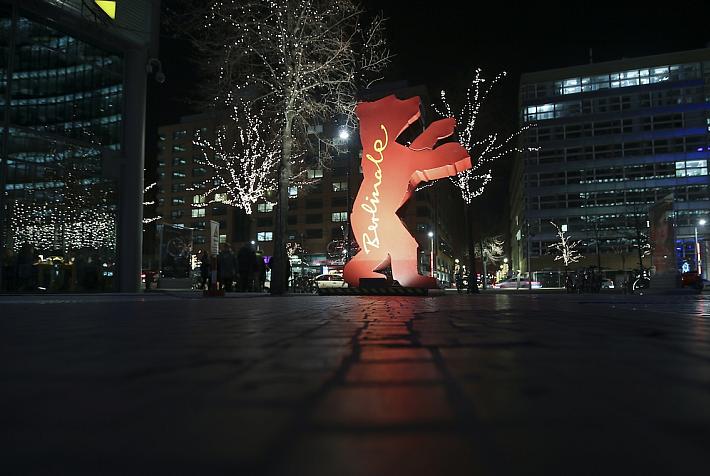Romanian thieves in Dutch museum heist used screwdriver to break in, analysis of evidence that paintings were burned ongoing

The Romanian robbers who stole priceless artworks from Rotterdam’s Kunsthal Museum in The Netherland's last year broke in using just a screwdriver. A Dutch commission comprising a judge, a prosecutor and a police representative heard two of the suspects in which the method of entry used came out, judiciary sources told local news agency Mediafax.
Mihai Alexandru Bitu and Eugen Darie came before Romania's Directorate for Organized Crime and Terrorism (DIICOT) on June 17 and another suspect in the case Radu Dogaru will give a statement today (June 19).
Eugen Darie reportedly told the investigators that Dogaru and another person entered the museum and that they did not expect to find artworks of high value. Despite the robbers' low expectations, they stole Picasso’s Tete d’Arlequin, Monet’s Waterloo Bridge and Charing Cross Bridge, Freud’s Woman with Eyes Closed, Matisse’s La Liseuse en Blanc et Jaune, Gauguin’s Femme Devant une Fenetre Ouverte, dite la Fiancee and Meyer de Haan’s Autoportrait.
Analysis of ashes found at the home of Dogaru's mother to determine if they result from the burning of paintings is not yet complete, according to Mediafax. The Director of Romania's National History Museum Ernest Oberländer-Târnoveanu confirmed that the museum's laboratory was investigating the ashes and that analysis of this kind typically takes expertise from several weeks to several months, depending on the complexity of the case.
The museum director also said that results will be released in a joint statement with the judiciary when the analysis is complete. The police earlier intercepted a call between two of the suspects in which, due to the worsening situation for the thieves, the idea of burning the paintings, and thus the evidence, was raised.
The thieves and their crime, which was described at the time as “the heist of the century,” have appeared more and more like bungling amateurs getting lucky as more information has been released. It came to light that the thieves knew little or nothing about the paintings and their value and had no idea where or how to sell them.
The Romanian police arrested the three suspects back in January after a tip-off from a former girlfriend of one of the three. The robbery itself took place on October 16 last year and was described by news organization Deutsche Welles as a “lightning speed, audacious theft,” in which the thieves broke into the museum, stole the paintings and made their escape within 90 seconds. At the time, the heist baffled Dutch Police, who couldn’t understand how the thieves had got round the museum’s alarm systems.
editor@romania-insider.com
(photo source: sxc.hu)












